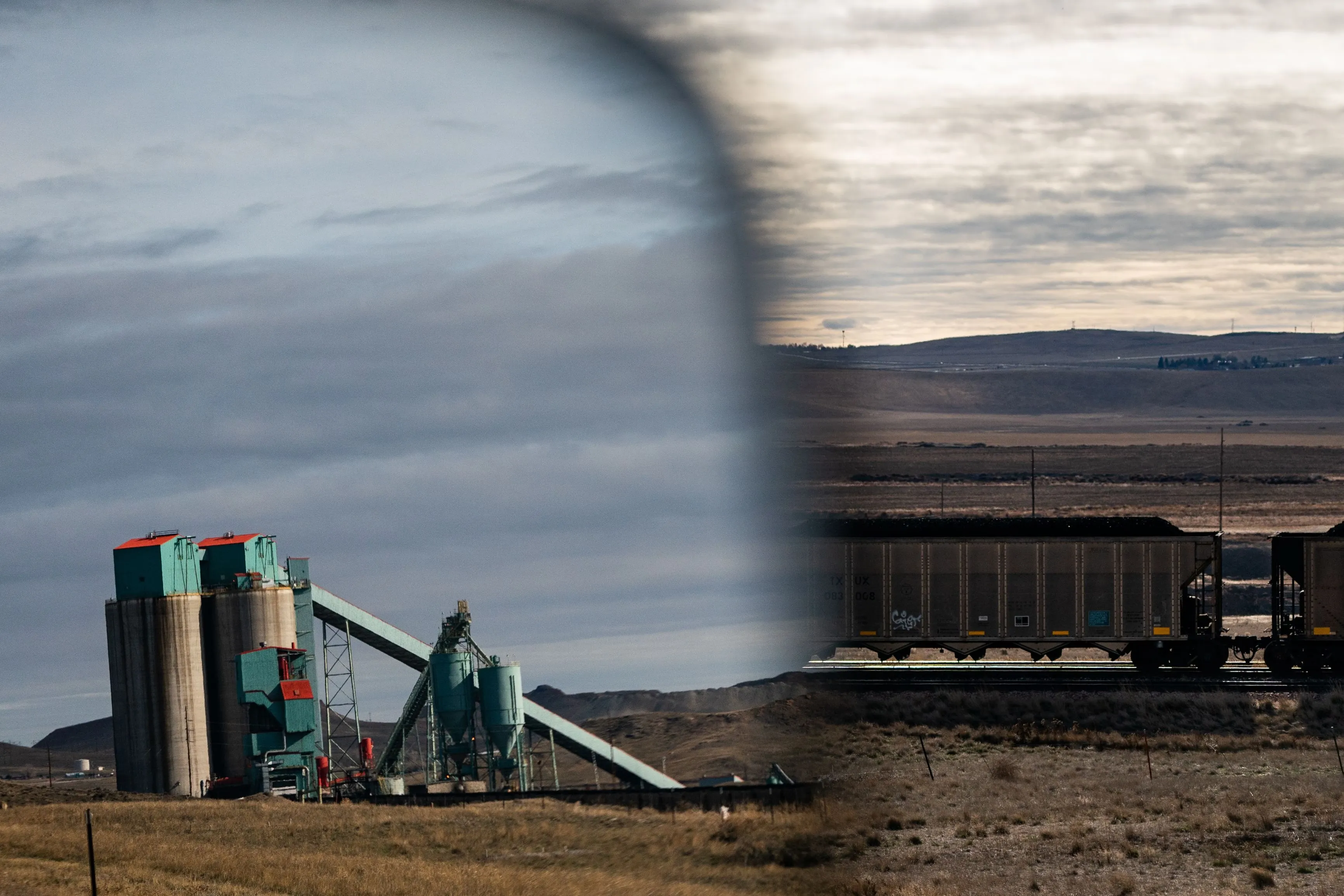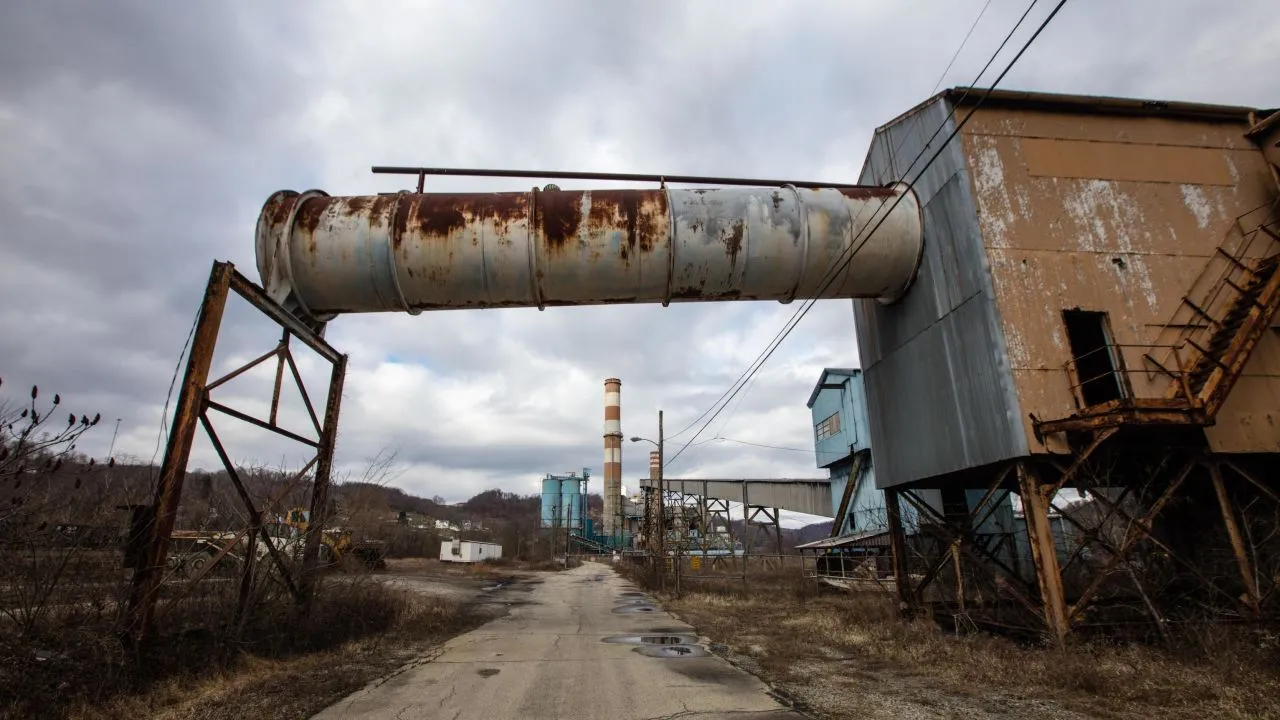July 11, 2024
Coal use is dropping to historic lows, while oil and gas production is hitting record highs due to strong demand both at home and abroad.

The transition to cleaner energy in the United States is progressing unevenly, creating challenges for the Biden administration’s goal to halve the country’s greenhouse gas emissions by 2030. This complex scenario is marked by the decline of coal and the simultaneous rise of oil and gas production.
.webp)
The U.S. energy sector is experiencing a significant shift. Utilities are rapidly closing coal plants, leading to coal consumption levels not seen since the Eisenhower administration. Simultaneously, oil and gas production is reaching new highs due to robust demand both domestically and internationally.

Coal’s decline can be attributed to several key factors:

As a result, coal’s share in U.S. power generation has significantly decreased. In 2005, coal accounted for nearly half of U.S. electricity; today, it is projected to contribute just 17% .
.svg)
Despite the growth of renewable energy, oil and gas remain dominant in the U.S. energy mix. Several factors contribute to this resilience:
The shift from coal to natural gas has altered the U.S. emissions profile. In 2005, coal burning produced 2.1 billion metric tons of CO2, more than a third of the country’s fossil fuel emissions. By 2021, this had decreased to 957 million metric tons. However, natural gas emissions have risen from 1.2 billion metric tons in 2005 to 1.6 billion metric tons in 2021 .
Oil remains the largest source of CO2 emissions in the U.S., contributing 2 billion metric tons in 2021 .
The U.S. has become a significant exporter of oil and gas, especially following the geopolitical shifts caused by Russia’s invasion of Ukraine. The EIA predicts that U.S. oil production will reach 12.4 million barrels per day in 2023, surpassing the previous record of 12.3 million barrels set in 2019. Gas production is also expected to hit a new high of over 100 billion cubic feet per day .
The Biden administration’s Inflation Reduction Act aims to decrease oil and gas demand through substantial clean energy subsidies, potentially cutting emissions by 40% by the end of the decade .
However, experts caution that declining U.S. oil and gas demand is not guaranteed. The legislation does not address logistical challenges such as building new transmission lines or integrating wind and solar power into the grid . Additionally, even if domestic demand decreases, U.S. oil and gas production may continue to rise due to export demand, complicating efforts to reduce overall emissions .
The U.S. energy transition is marked by significant progress in reducing coal use and increasing renewable energy production. However, the strong demand for oil and gas, driven by vehicle preferences, increased travel, and export growth, presents challenges to achieving emission reduction goals. Strategic investments, policy adjustments, and technological advancements will be crucial in navigating this complex energy landscape.
• Energy Information Administration (EIA)
• CNBC reports on vehicle sales
• Environmental Protection Agency (EPA) emissions data
• Princeton University energy transition studies
• DNV GL consultancy reports on energy sector logistics